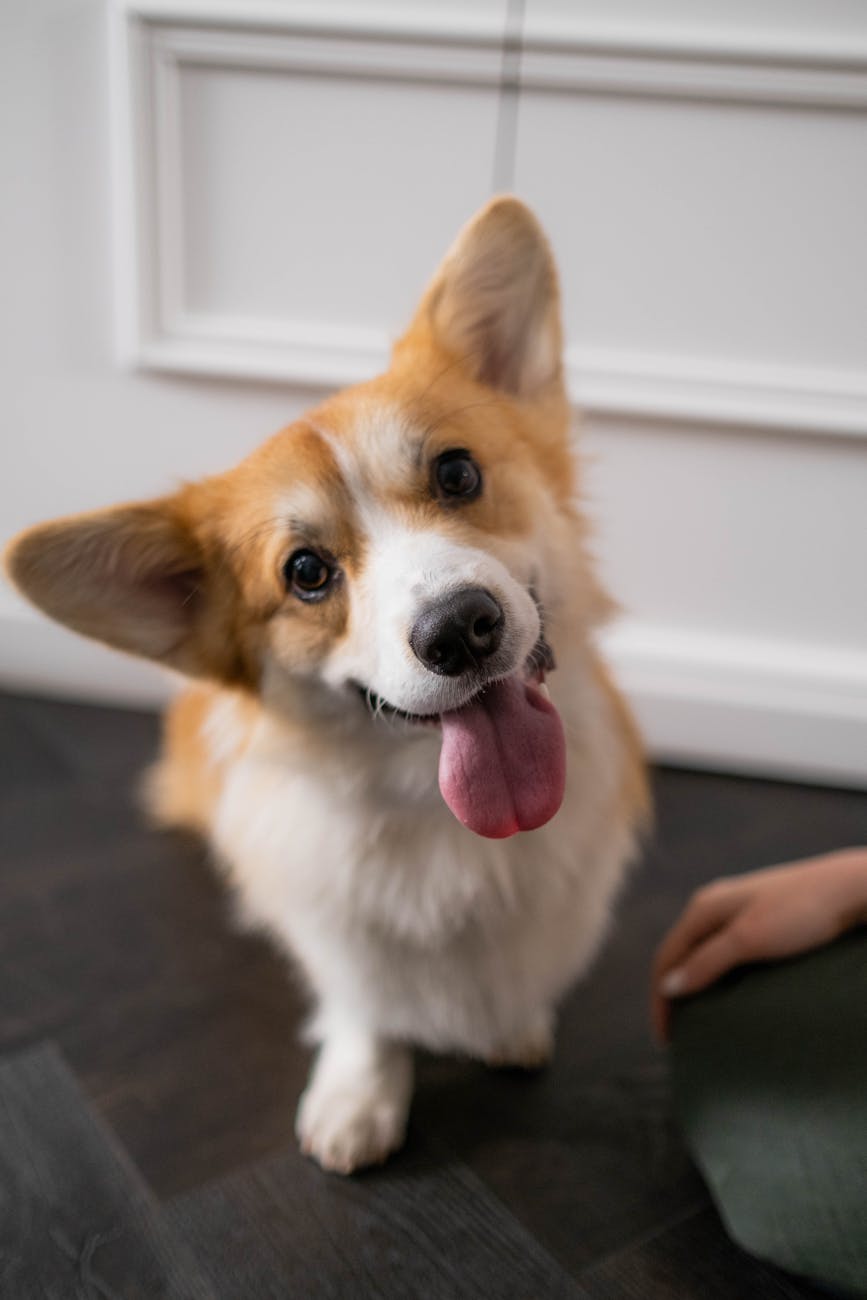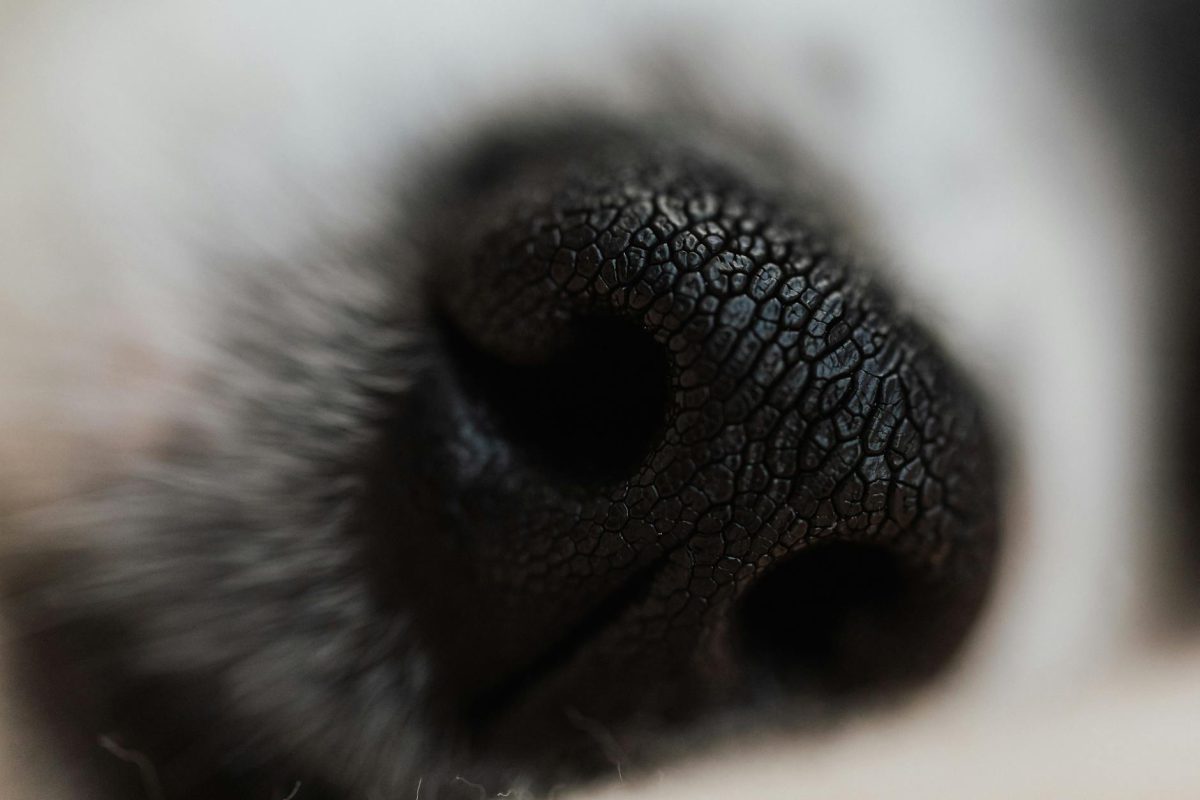From wild wolves to beloved companions, the evolution of dogs is a fascinating journey that showcases the bond between humans and animals. Throughout history, dogs have accompanied us on our hunter-gatherer journeys, protected our homes, and now provide emotional support and companionship. This article explores the remarkable transformation of dogs, shedding light on their evolution from fierce predators to our loyal and loving furry friends.
The Origins of Dogs:
It is believed that dogs descended from wolves tens of thousands of years ago. The domestication of wolves started when they began scavenging around human settlements for food. Over time, the friendliest and most approachable wolves became more accustomed to human presence, leading to the development of the human-canine bond. As early humans realized the benefits of having these animals around, they started selectively breeding them for specific traits, such as hunting skills, loyalty, and companionship.
Genetic Adaptations:
Through genetic adaptations and selective breeding, dogs diversified into various breeds with distinct characteristics. This process led to the incredible diversity we see in dogs today, ranging from tiny Chihuahuas to massive Great Danes. Different breeds were developed for specific purposes, such as herding, hunting, guarding, and companionship. The genetic makeup of dogs also allowed for physical adaptations to various environments, making them adaptable to different climates and tasks.
The Impact of Human Influence:
Human influence has played a significant role in shaping the evolution of dogs. As we domesticated and bred them for specific roles, dogs underwent physical, behavioral, and cognitive changes. For example, working breeds like Border Collies developed superior herding instincts, while guard dog breeds like German Shepherds exhibit strong protective instincts. The close relationship between humans and dogs has also contributed to their emotional intelligence, making them attuned to human emotions and behavior.
Modern-Day Dogs:
Today, dogs are more than just pets—they are valued members of our families. The bond between humans and dogs has only strengthened over time, with dogs providing companionship, emotional support, and even assistance to people with disabilities. Modern breeding practices focus on maintaining breed standards while also emphasizing the health and well-being of dogs. Responsible pet ownership, proper training, and socialization are crucial for ensuring that dogs lead happy and fulfilling lives.
Conclusion:
In conclusion, the evolution of dogs is a testament to the deep connection between humans and animals. From their humble beginnings as wild wolves to their present-day roles as beloved companions, dogs have undergone a remarkable transformation. Understanding the history and evolution of dogs not only allows us to appreciate their unique qualities but also reinforces the importance of responsible pet ownership and care. As we continue to cherish and celebrate the presence of dogs in our lives, let us remember the incredible journey that has led to the remarkable bond between humans and their canine companions.

